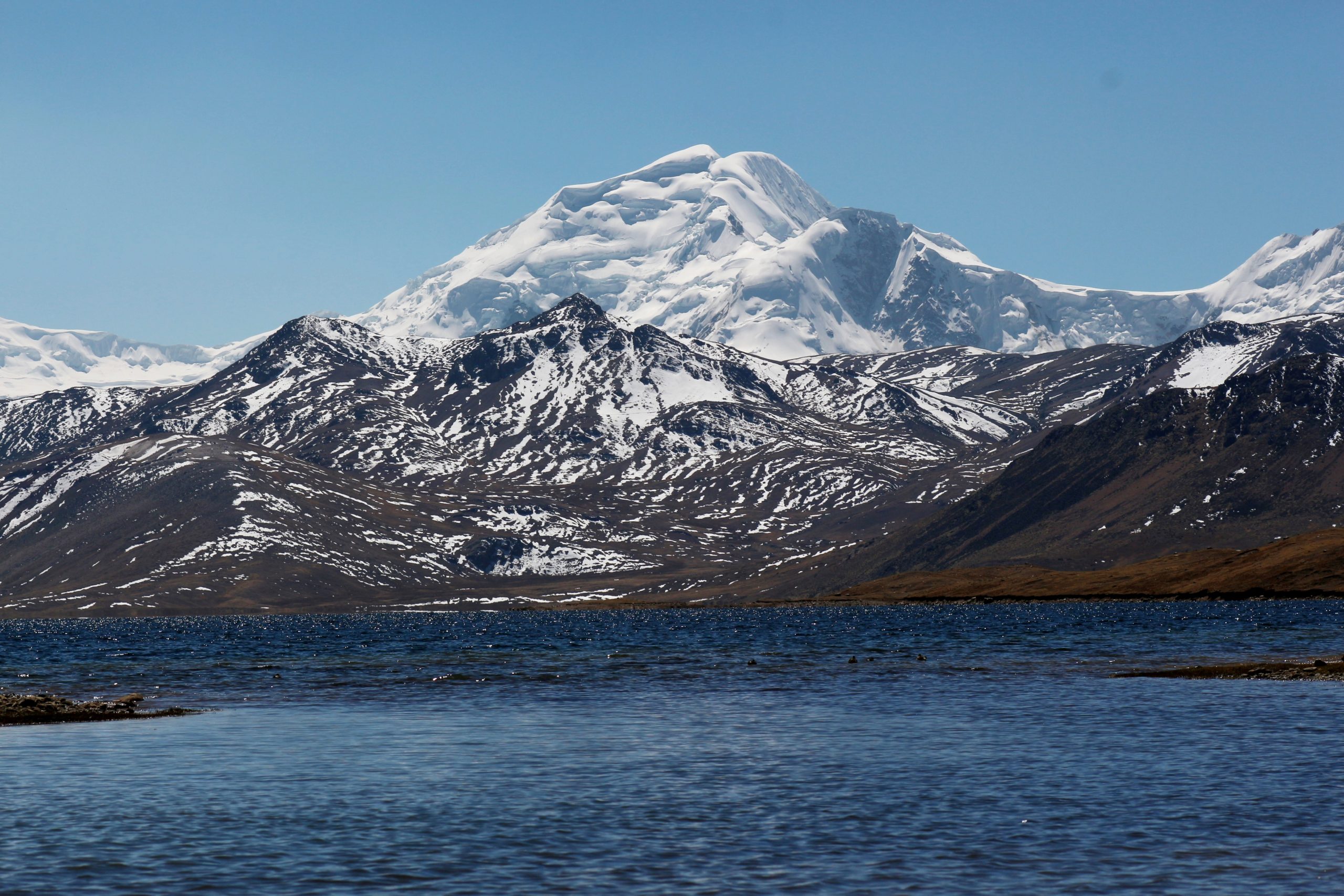Rio Mapacho Waterkeeper Makes a Stand for Peru’s Majestic Glaciers | Preservation
By: Rafaela Iturralde

By Rafaela Iturralde
Among all the major impacts of climate change in Peru, the loss of 40 percent of its glaciers in the last 40 years stands out. The Department of Cusco, with a current glacial mass of approximately 65,000 hectares (250 square miles), has not escaped this global problem.
There are many efforts to combat this environmental deterioration. One is the creation of “areas for conservation,” which entails the establishment or legal recognition of areas of territory with the aim of maintaining ecosystems, natural resources, biodiversity, and the provision of environmental services. This status is ultimately given by the state through a legal norm; there are conservation areas of a national (state), subnational (regional government), and local (private) order.

“For us at Rio Mapacho Waterkeeper, we rethink our work and bet on this type of more comprehensive landscape strategy,” said Ronald Catpo, the Waterkeeper. Together with its parent organization, Conservación Amazónica, Rio Mapacho Waterkeeper has supported the recognition of two local conservation areas in territories belonging to Indigenous populations, located in the middle and lower parts of the Mapacho basin and protecting an area of 2,000 hectares (7.7 square miles) of forests. And on Dec. 11, 2019, after five years of hard work formulating technical files in partnership with the Regional Government of Cusco, the Ausangate Regional Conservation Area was declared. This conservation area is considered a subnational area, with 66,514 hectares (257 square miles) protected, which covers the territory where the thin streams of water from the chain of glaciers run, giving origin kilometers downstream to the Mapacho River.
The management of the Ausangate Regional Conservation Area becomes a challenge for the program. “Maintaining the effective and sustainable conservation of these valuable ecosystems is not an easy task; but we proudly integrate the regional and local community to envision our Mapacho River as the living space we want — with healthy ecosystems, with populations valuing their environmental services, and sustainably managing the natural resources it houses,” concluded Catpo.